What is Vintage/ Non-Vintage Champagne?

Vintage doesn't actually mean that the Champagne is old, just that it's made from grapes from one single year.
Non-vintage, on the other hand, is a blend of harvests from different years. So if you see a year stamped on your bottle of bubbles, then it's a vintage.
The art of blending alive in Champagne is all about what the wine consumer will ultimately taste in the glass rather than what sounds good on a piece of paper.
A good Cellar Master will seek out where the greatest fruit is in any given year and sometimes it is in the most unlikely places.
Non-vintage Champagne
In order to create well-balanced Champagne, producers will use specific grape varieties and blend wines from varying years and harvests. This ensures that the flavour and quality of the Champagne is maintained from previous harvests. Non-Vintage (NV) Champagne is more affordable than its vintage counterpart, but is still remarkable, accounting for nearly as much as 90% of all Champagnes produced. Producers reserve a portion of their harvest each year to use in future blends. Once a non-vintage Champagne has been blended, legally it must mature in the bottle for a minimum period of 15 months before it can be sold to the public. As Champagne’s age they develop more intense notes which are pleasing to the palate. |  |
| |
Vintage Champagne
Vintage Champagnes, also known as millesime, are created from grapes harvested during a specific year. Not all years are deemed “Vintage”, only certain years with exceptional harvests can be declared as vintage and this status is determined by the individual Champagne Houses. The year of the vintage is always displayed on the front label of the Champagne bottle. Millesime - when a year of production is considered to be “exceptional” champagne makers assemble various wines produced that year from different villages Once vintage Champagne has been blended, legally it must mature for 3 years before it can be sold to the public. Champagne Houses will commonly age their bottles for longer periods. Why is vintage Champagne so much more expensive than NV? Simply because there’s less of it. Vintages are made only three or four times a decade and make up less than 5% of total Champagne production.
| 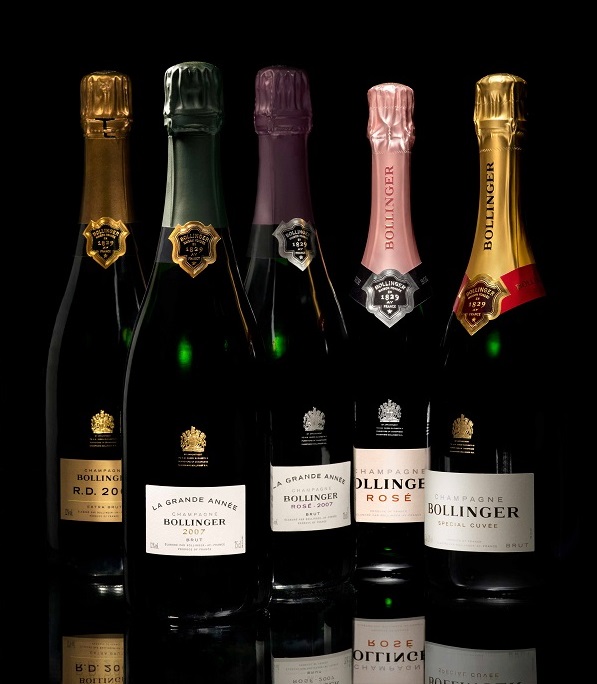 |

Was yours a vintage year?
Some of the most memorable (good and bad) in recent years
2001 The worst vintage in living memory- highly unlikely to find any vintage
2002 Generally a warm, dry vintage with a period of showers in both August and September. Both of which were followed by warm dry conditions.
2004 Early reports suggested an excellent vintage with a wonderful balance of sugars and acidity. Some very desirable Champagnes have evolved from this year.
2006 An up and down vintage, bright and warm initially, a moderate & cool pattern in August concerned many producers who were happy with a warming shift in September. Some good vintage Champagnes were produced.
2008 Growers were forced to wait on the warming August and September period but a few good vintage Champagnes were produced
2009 A quality summer produced a clean crop of pleasurable Champagnes and many reserves were replenished.
2010 Varied and mixed results for many due to Spring rains |

The Champagne & Gift Company
Sending Gifts Around The World
Sourcing from top producers we pride ourselves on the quality, taste and smoothness of our Champagne. |
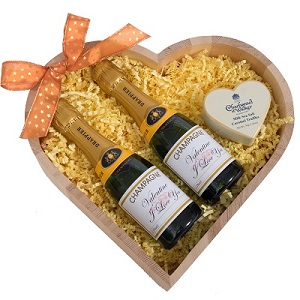 | 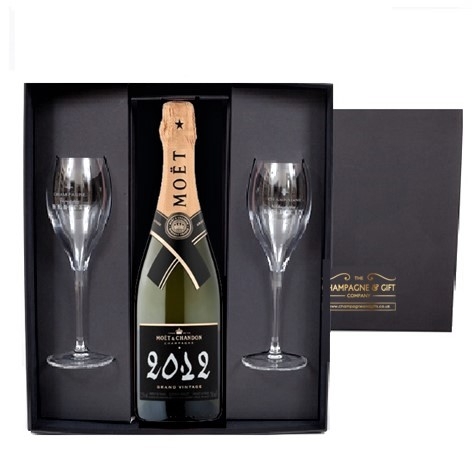 | 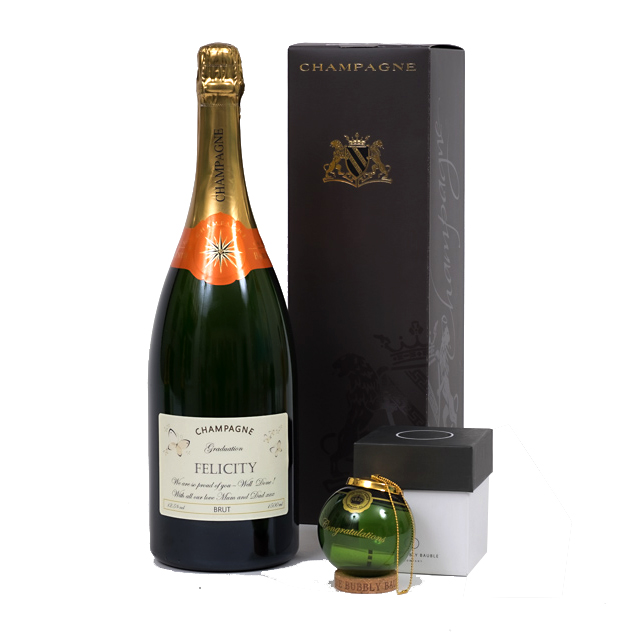 | 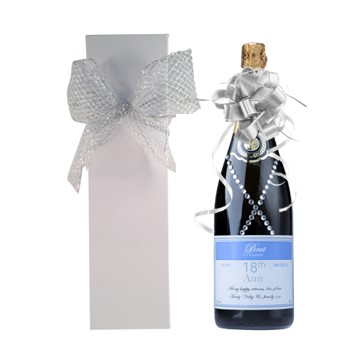 |
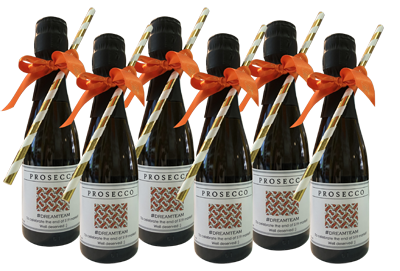 |  | 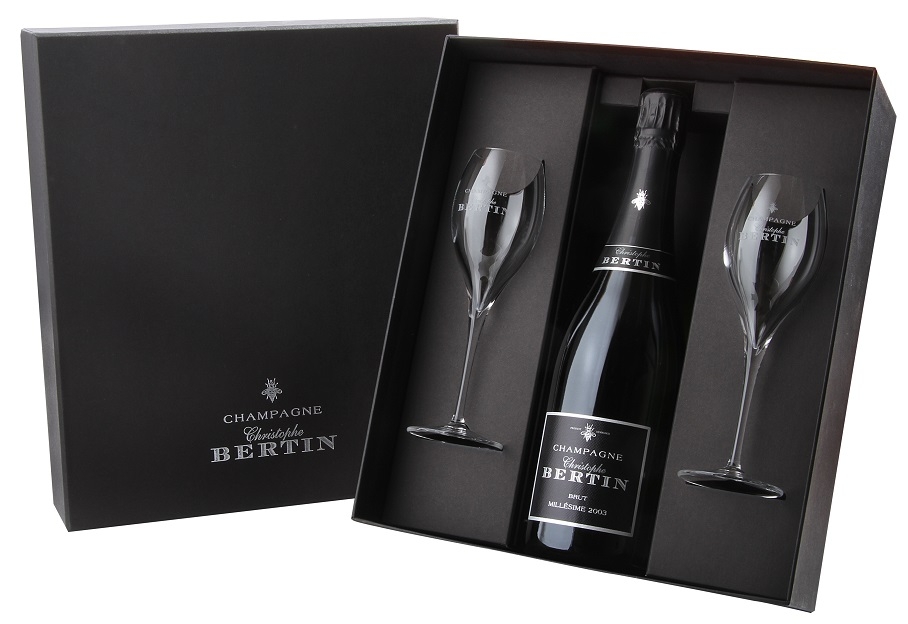 | 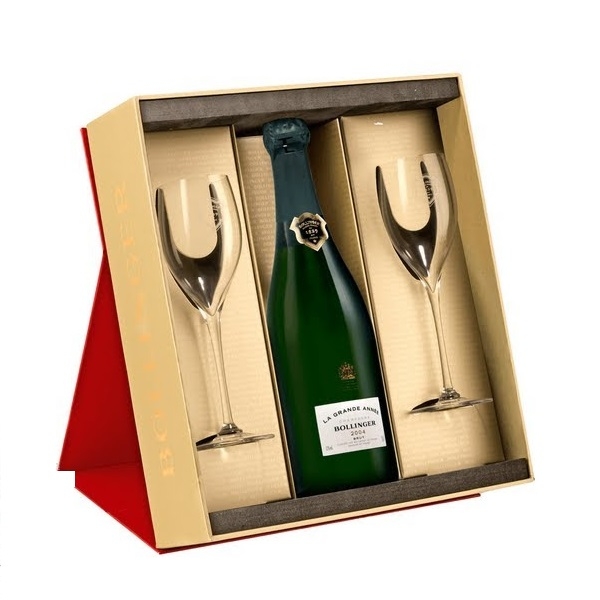 |
The Champagne and Gift Company
Leading supplier of personalised Champagne and Branded Champagne gifts
